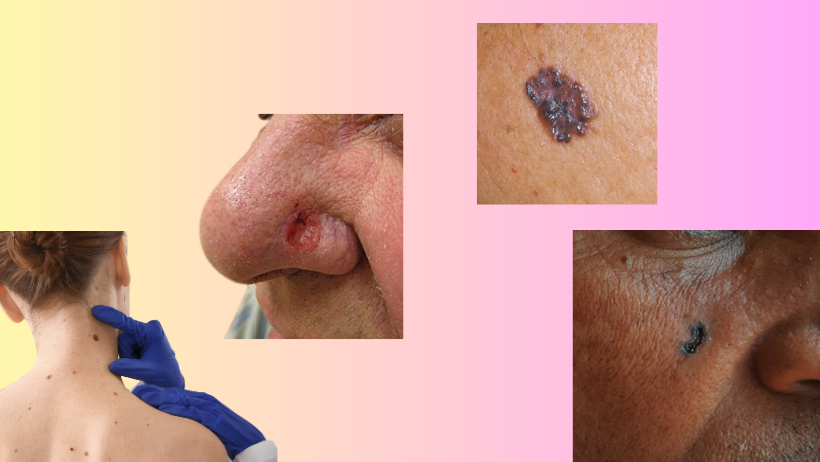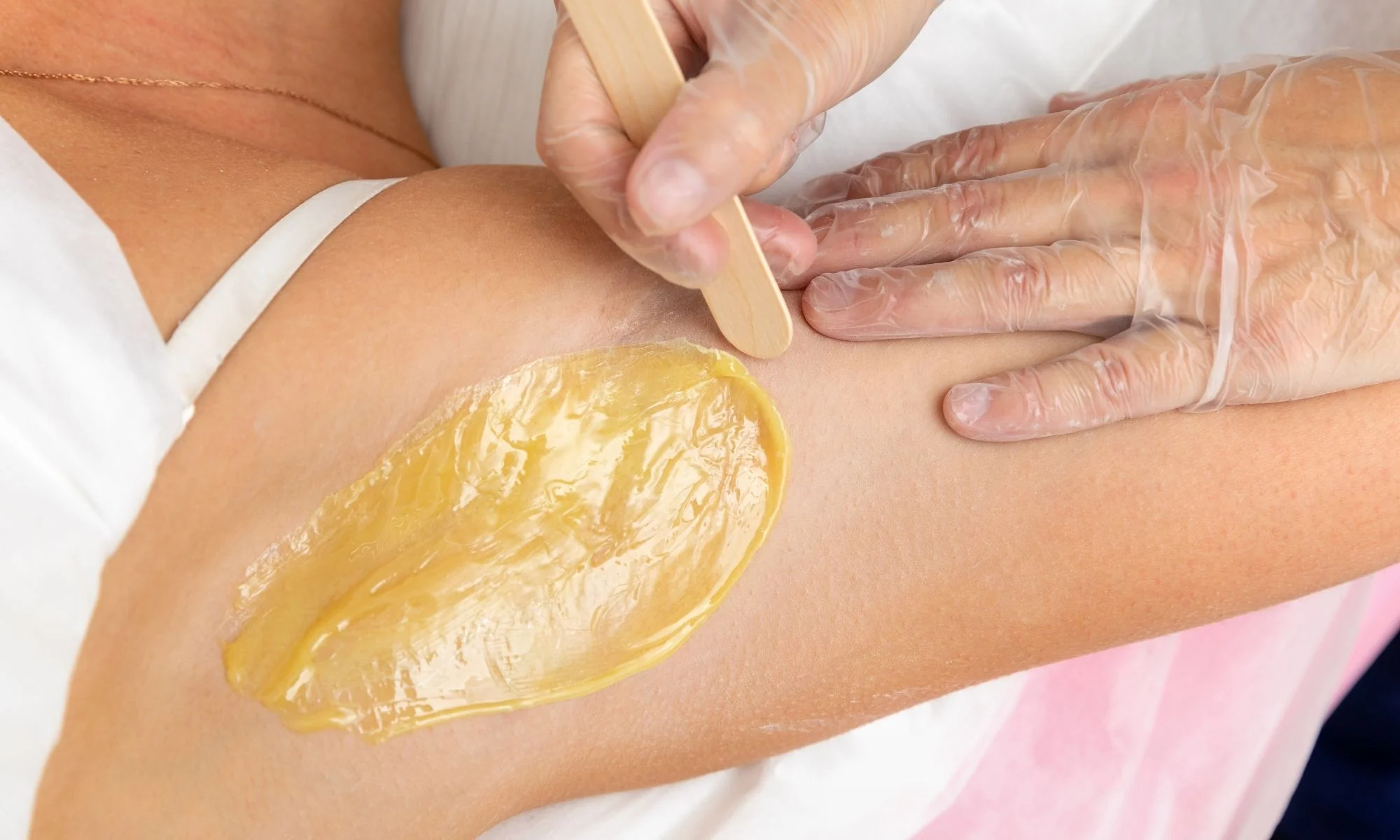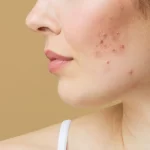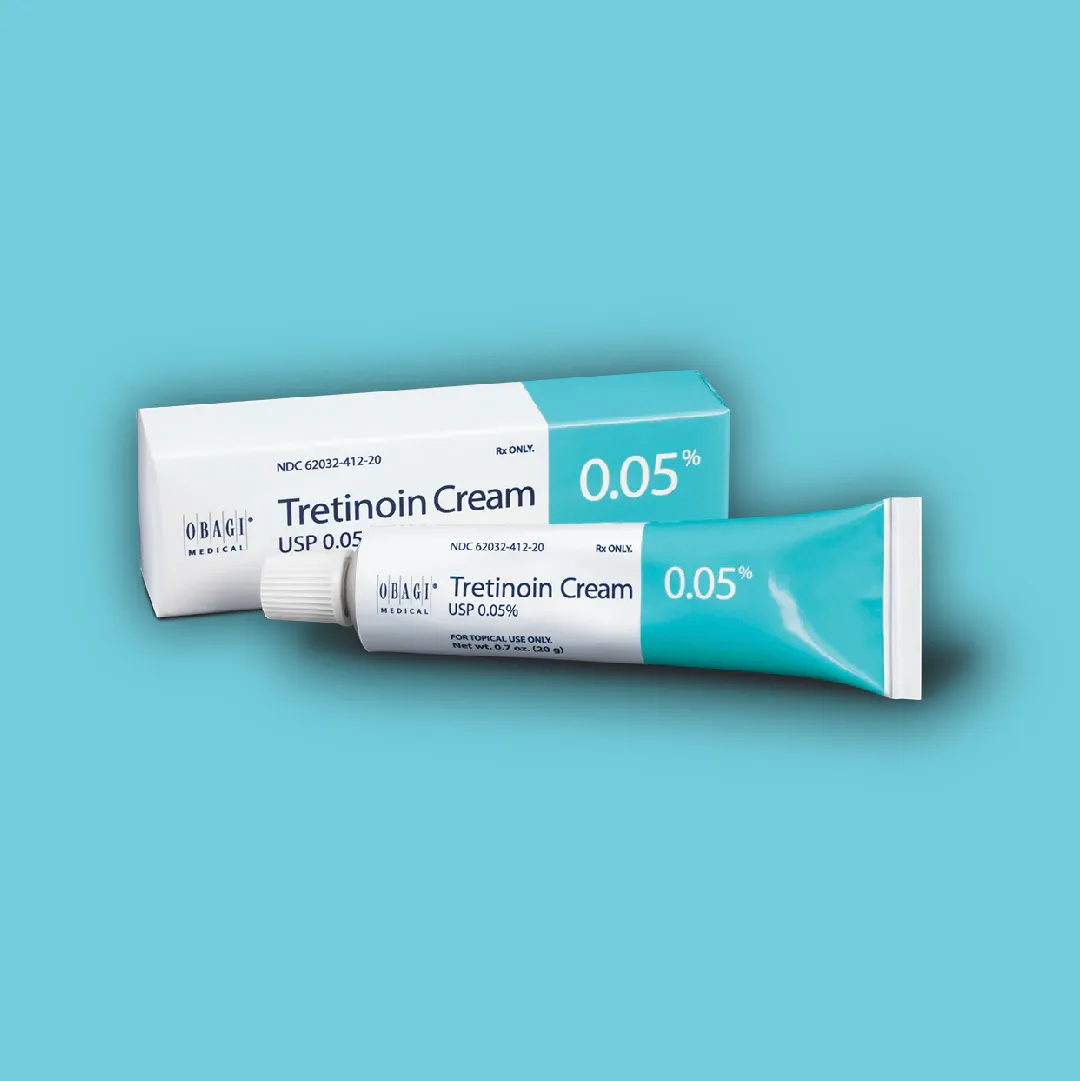Skin cancer is one of the most common types of cancer globally, affecting millions of people each year. It occurs when abnormal skin cells grow uncontrollably, forming malignant tumors. Early detection and timely treatment are crucial for diagnosing and treating skin cancer. Skin cancer can be broadly categorized into three main types: melanoma, basal cell carcinoma (BCC), and squamous cell carcinoma (SCC). Each type has distinct characteristics and requires different approaches to diagnosis and treatment. This article aims to provide a comprehensive overview of skin cancer, including its types, risk factors, and clinical symptoms.
Unveiling the Different Types of Skin Cancer
1. Melanoma
Melanoma, a notably aggressive variant of skin cancer, originates in the melanocytes, which are cells tasked with melanin production — the pigment conferring color to our skin. Although not as prevalent as Basal Cell Carcinoma (BCC) and Squamous Cell Carcinoma (SCC), its potential to metastasize renders early detection paramount. The manifestations of melanoma often embody irregularly shaped, darkly pigmented moles or lesions, which can materialize on any body part, including those not habitually exposed to sunlight. An array of risk factors are implicated in melanoma development, including a familial history of the disease, a complexion that is pale or fair, a history punctuated by severe sunburns, and copious sun exposure. The insidious nature of melanoma is further exemplified by its occasionally subtle or gradual presentation, frequently materializing as an anomalous mole or lesion.
The ABCDE mnemonic serves as an instrumental guideline in the self-examination and preliminary identification of melanoma: “A” represents asymmetry, denoting that one half of the mole or lesion is unlike the other; “B” signifies border irregularity, indicating that the edges can be uneven, notched, or blurred; “C” stands for color variation, highlighting that the mole may present a plethora of colors such as brown, black, red, white, or blue; “D” embodies diameter, referring to the mole being larger than 6 mm (or 1/4 inch, comparable to a pencil eraser); and “E” denotes evolution, meaning the mole demonstrates alterations in size, color, shape, or elevation. Furthermore, melanoma may precipitate additional symptoms, such as itching, pain, or tenderness within the mole, bleeding or ulceration of moles, and the manifestation of new moles or growths, underscoring the necessity for vigilance and prompt medical consultation when changes are observed.
2. Basal Cell
Basal Cell Carcinoma (BCC) stands as the predominant form of skin cancer, predominantly impacting the basal cells located in the epidermis — the skin’s uppermost layer. Characterized typically by a gradual growth pattern, BCC is generally localized and does not commonly metastasize to various body parts. The prototypical presentation of BCC encompasses a pearly or waxy bump, often coupled with a central, crater-like depression, and is notably apparent in areas recurrently exposed to the sun, such as the face, neck, and ears. The appearance, while seemingly benign and slow to evolve, can culminate in substantial local damage if disregarded and left untreated. Thus, an understanding of its myriad presentations, from an innocuous-looking bump to more aggressive forms, is pivotal in its early identification and management.
An array of symptoms is associated with BCC, further underscoring the diversity and potential subtlety of its presentation. These may include an open sore that persistently oozes, crusts, or bleeds without healing, a reddish or irritated patch that may exhibit crusting or itching, or even a shiny, translucent bump or nodule. While BCC infrequently induces pain, it can occasion bleeding, scabbing, or alterations in its appearance, all of which warrant vigilant observation and prompt clinical attention. The principal risk factors for BCC intertwine notably with extensive sun exposure and a personal history of BCC, underscoring the imperative for preventive measures and periodic skin checks, particularly for individuals residing in regions with heightened UV exposure or those with a familial or personal history of skin cancer.
3. Squamous Cell Carcinoma
Squamous Cell Carcinoma, or SCC for short, is a type of skin cancer that tends to pop up in the upper layers of your skin, known as the epidermis. It’s pretty common and usually shows up on parts of the body that have hung out in the sun a lot, like our faces, ears, and the backs of our hands. It might look like a hard, red lump or sometimes a flat, crusty patch. One special thing to remember about SCC is that it likes to make its appearance in places where the sun has shined a lot over the years. Even though anyone can get SCC, some folks might have a higher chance of getting it. Spending a lot of time in the sun, having a history (that means it’s happened before) of SCC, or having a immune system that isn’t working at its best can increase the odds.

The Fitzpatrick Skin Type Scale and Its Role in Skin Cancer Risk
The Fitzpatrick Skin Type Scale serves as a pivotal tool in understanding an individual’s susceptibility to skin cancer by categorizing skin responses to ultraviolet (UV) radiation. Established as a widely acknowledged classification system in dermatological studies, the scale identifies six distinct skin types, stratifying them based on their inherent capacity to burn or tan upon UV exposure. Fitzpatrick skin types I and II, often characterized by very fair to fair skin and typically accompanying light eye and hair colors, are particularly noteworthy due to their pronounced vulnerability to skin cancer. These types tend to burn easily and tan minimally or not at all, hence experiencing a higher accumulation of UV-induced DNA damage, which significantly elevates their risk of developing skin malignancies. The utility of the Fitzpatrick scale extends into aiding healthcare professionals in crafting personalized sun-protection strategies for individuals, especially for those identified to be at elevated risk, thereby proactively managing their skin health.
It is imperative to underscore that, while Fitzpatrick skin types I and II are highlighted due to their elevated susceptibility, skin cancer does not discriminate and can manifest across all skin types (I-VI) and colors. Every skin type can harbor its unique vulnerabilities to different subtypes of skin cancer and present varied clinical manifestations. Variables such as genetic predispositions, the cumulative amount and intensity of sun exposure, and a family history of skin cancer further weave into the tapestry of risk across all Fitzpatrick skin types. Therefore, a comprehensive approach to skin health should encompass not only preventative measures tailored to skin type but also an understanding of the intrinsic and extrinsic factors that might steer an individual’s risk profile. Enhanced awareness, regular skin self-examinations, and periodic dermatological evaluations become indispensable in navigating this multifaceted path, aiming to ensure early detection and timely intervention across the spectrum of Fitzpatrick skin types.
Early Detection and Proactive Prevention in Managing Skin Cancer
Evaluating your own skin cancer risk, especially in the context of personal and family medical history, is crucial. Individuals with a history of melanoma are notably at higher risk for subsequent occurrences. Regular self-examinations and discussions regarding risk factors with healthcare professionals are vital. In instances of a strong familial history of skin cancer, considering genetic counseling may also be prudent.
Understanding the risk factors associated with skin cancer is pivotal for its prevention and early detection. While certain factors are uncontrollable, embracing protective measures can notably minimize the risk. The foremost cause of skin cancer is excessive exposure to UV radiation from either the sun or artificial sources, like tanning beds. UV rays can damage the DNA within skin cells, amplifying the risk of mutations that can develop into cancer. Preventative strategies against UV radiation involve utilizing sunscreen with broad-spectrum coverage, wearing protective clothing, and avoiding peak sun hours and indoor tanning.
Skin cancer, while pervasive and potentially lethal, is notably preventable and treatable with early detection. Grasping the various skin cancer types, identifying risk factors, and maintaining vigilance about skin changes are crucial in minimizing risk and securing timely diagnosis and treatment. Regular self-checks, routine dermatologist visits, and adopting sun-safe practices can markedly reduce skin cancer incidence. Moreover, understanding clinical symptoms empowers individuals to seek prompt medical attention, fostering better outcomes and improved life quality for those navigating this disease.








